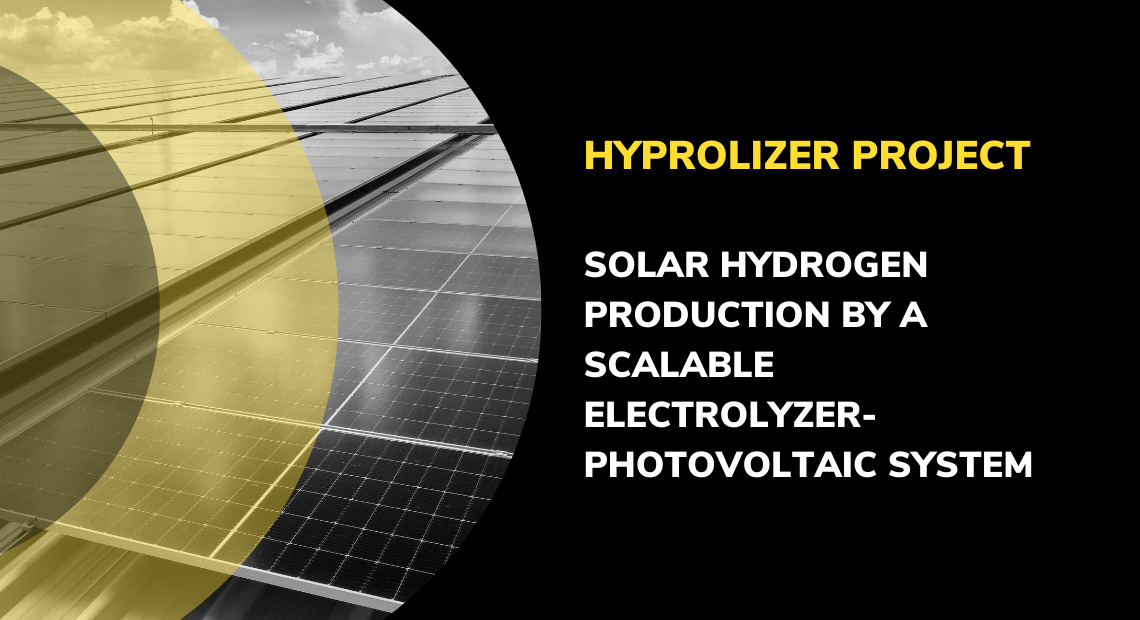The HyProlyzer project (Solar hydrogen production by a scalable electrolyzer-photovoltaic system) aimed to validate a prototype for H2 production, consisting of an electrolyzer connected to advanced perovskite solar cell modules and working under bias-free conditions. This project was carried out within the Energy Storage, Harvesting and Catalysis at IREC in collaboration with the Laboratory for Molecular Engineering of Optoelectronic Nanomaterials (LIMNO) in EPFL (Switzerland).
The project achieved the development of electrodes on three-dimensional supports, ensuring high surface area catalysts. They were integrated into a small prototype of electrolyzer together with the optimization of the solar cell modules. The electrodic materials developed for hydrogen production were made of earth-abundant elements and avoid the use of precious metals. The employed synthetic routes are simple and scalable, and suitable for industrial implementation. The system is designed to work free of bias.
The researcher María Isabel Díez carried out the activities related to this project. She has around ten years of experience in the study of electrodic materials and cell development in the field of hydrogen production using solar energy. She published the main results and outcomes in two research articles and two conference contributions, including one in the annual meeting of the International Society of Electrochemistry and CAPGC. The ChemElectroChem journal publication showcases green hydrogen production by a front cover. This cover feature was accompanied by a Cover Profile that highlights the main outcomes of this work and the research interests of the Energy Storage, Harvesting and Catalysis group to benefit the decarbonization of different energy sectors.
The project goals were also disseminated towards the society in the prestigious event “Science is Wonderful” in Brussels, organized by the European Commission. In this event, IREC team also organized and exhibited some engaging activities to visualize how hydrogen can be produced and their potential use in transportation (view post).
This project has received funding from the European Union’s Horizon 2020 research and innovation programme under Marie Skłodowska-Curie grant agreement No. 801342 (Tecniospring INDUSTRY) and the Government of Catalonia’s Agency for Business Competitiveness (ACCIÓ).




